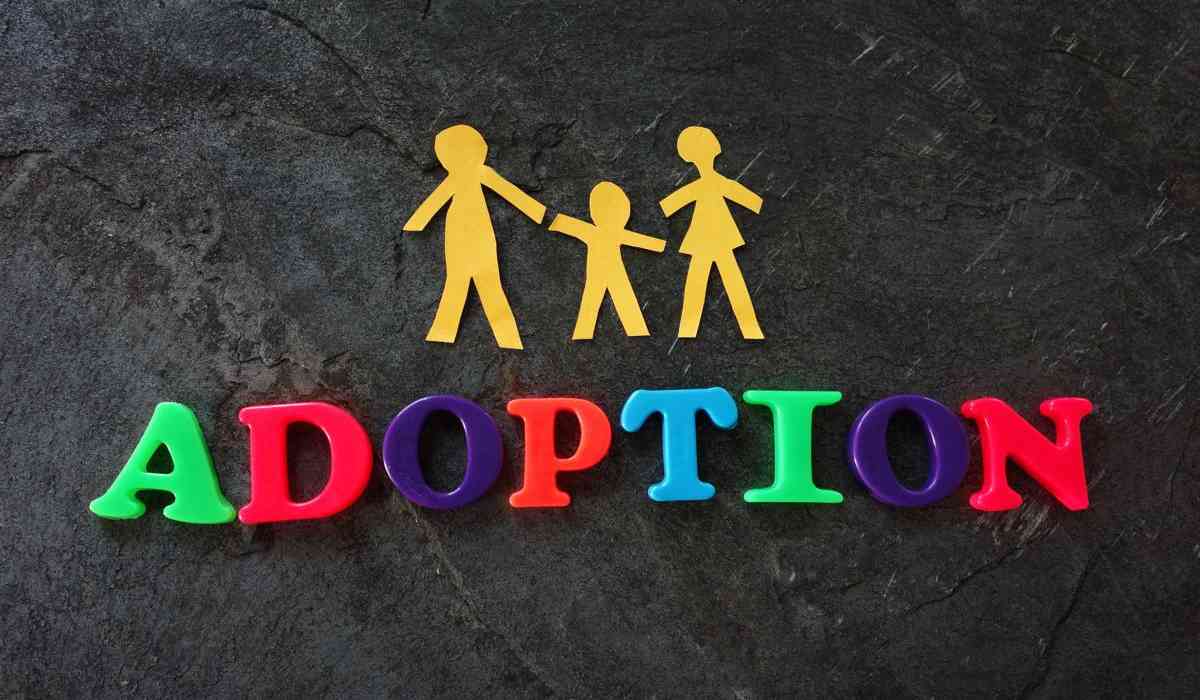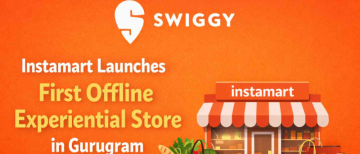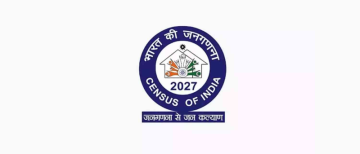In the labyrinth of family dynamics in India, where class, caste, and genetic lineage often dictate crucial decisions like adoption and marital alliances, a subtle yet significant shift is underway.
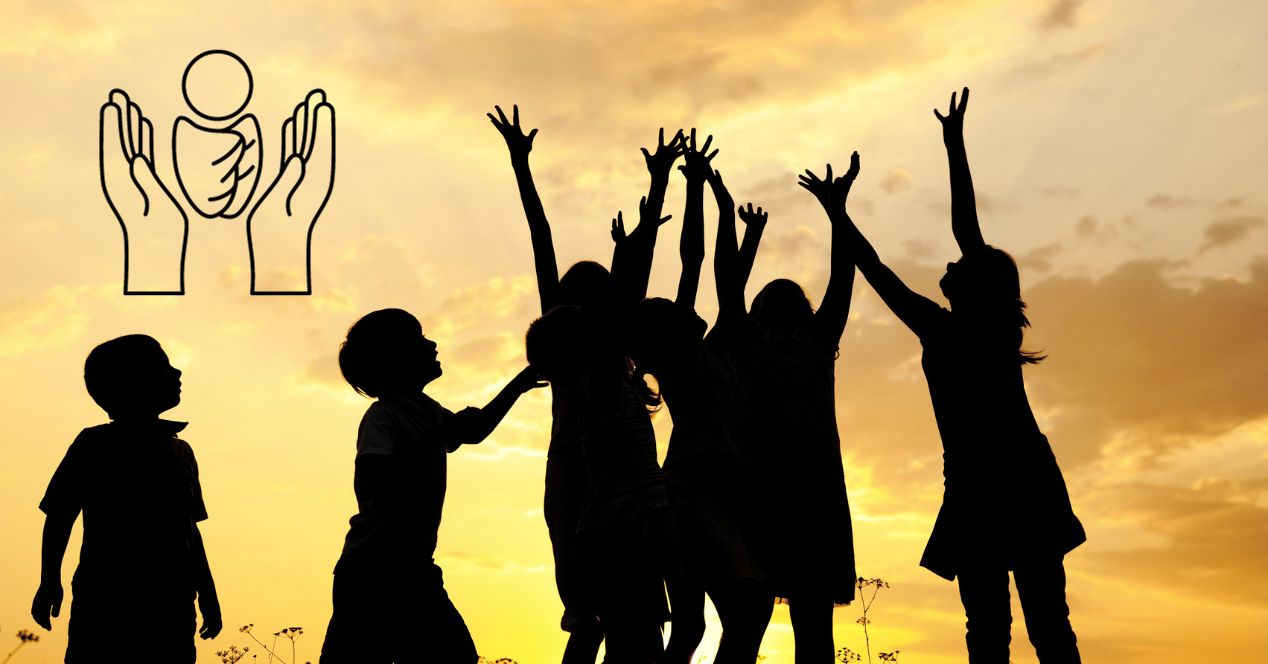
Adoptions in India exceed the 4000-mark
India has seen a significant increase in adoption figures after a five-year hiatus, marking a potential turning point in the nation's adoption narrative. Despite societal norms favoring known parental lineage, the latest government statistics show a growing acceptance of alternative familial structures.
The Central Adoption Resource Authority (CARA) introduced 'foster adoption' as a new category, with ten children currently under such care across India. Indian adoption rates have surpassed 4,000, marking a return to pre-pandemic levels. The CARA is expediting the adoption process for relatives wishing to adopt orphaned children or stepchildren. Out of 4,009 adoptions in 2023-24, 449 were international, with an increase in female adoption, particularly in Punjab.
Here is the detailed adoption data since 2015-16 onwards:
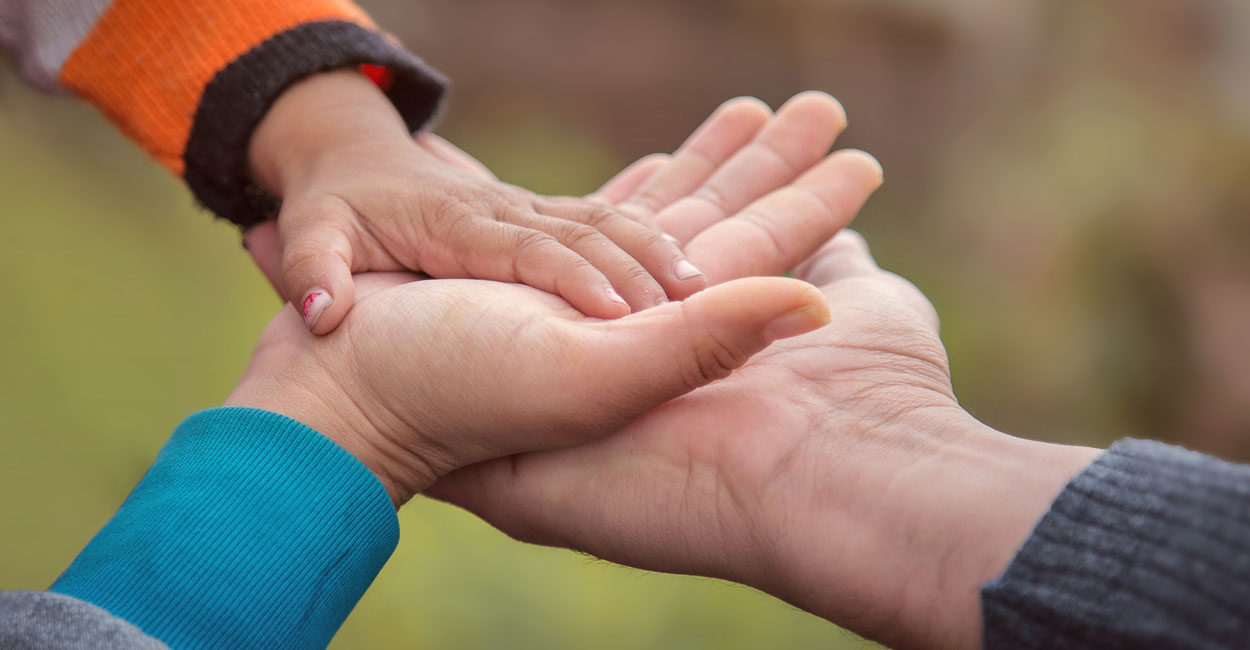
Only 10% of orphans get adopted annually
In March of the current year, the Supreme Court expressed discontent over the absence of Specialised Adoption Agencies (SAAs) in 370 districts across India. These agencies are instrumental in simplifying the adoption process for abandoned and surrendered children.
Previously, the Supreme Court had highlighted the cumbersome nature of the adoption process in India and emphasized the need for streamlining it.
Current data suggests that only around 10% of orphaned children, estimated between 30,000 to 30 million, are adopted annually. Conversely, nearly 30,000 prospective parents in India endure an average waiting period of three years for adoption.
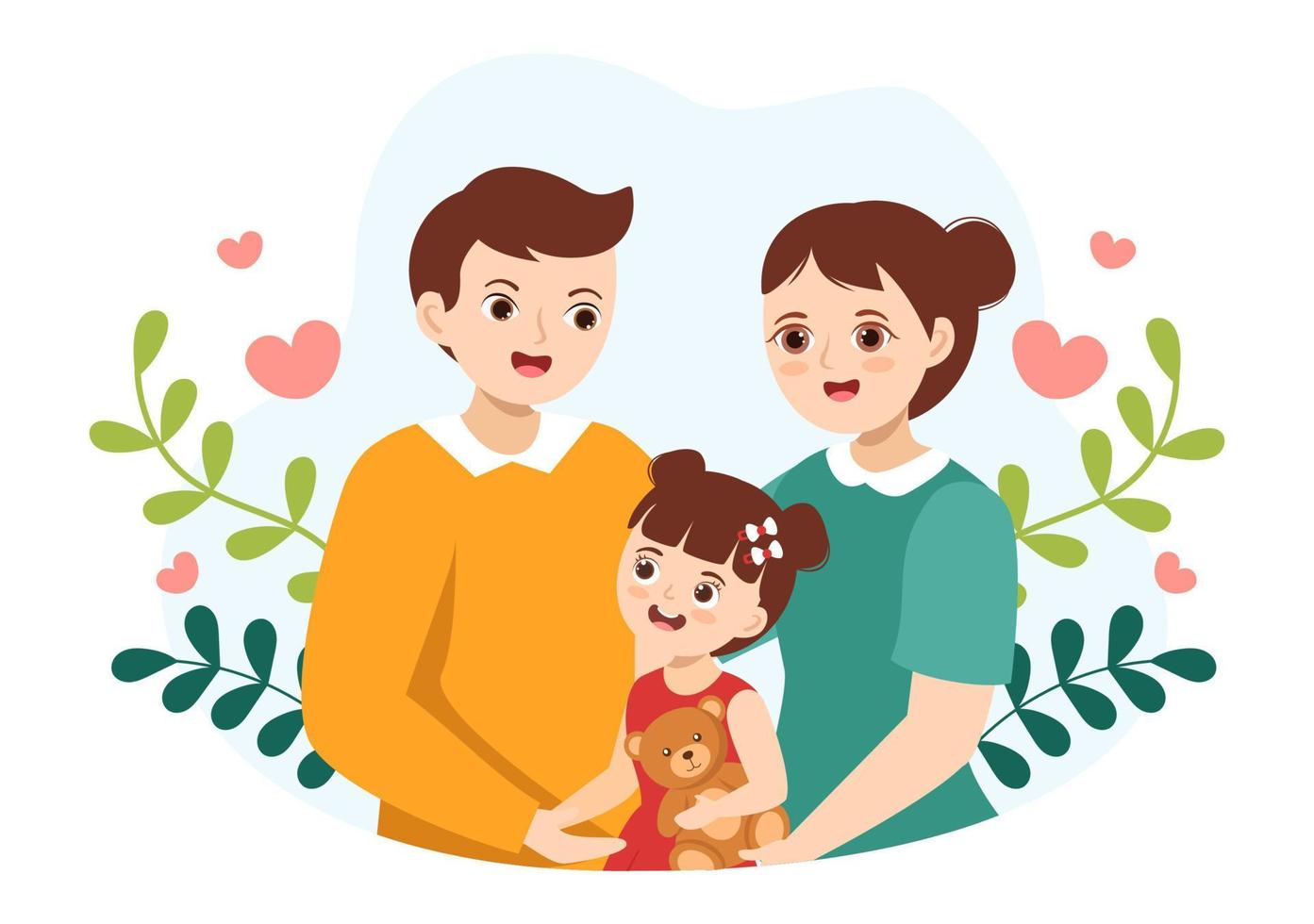
Still not very good news
While the surge in adoption figures is promising, significant concerns persist. As of April 1, there are 33,809 prospective adoptive parents registered, whereas only 2,141 children – 731 in the 'normal category' and 1,410 categorized as 'special needs' – are legally available for adoption. This vast disparity contradicts India's reality.
Despite an estimated 31 million orphans in India, only 50,000 are eligible for adoption. Furthermore, according to UNICEF, millions of children are orphaned in India, yet only a fraction make it to institutionalized care, with only a few thousand adopted annually.
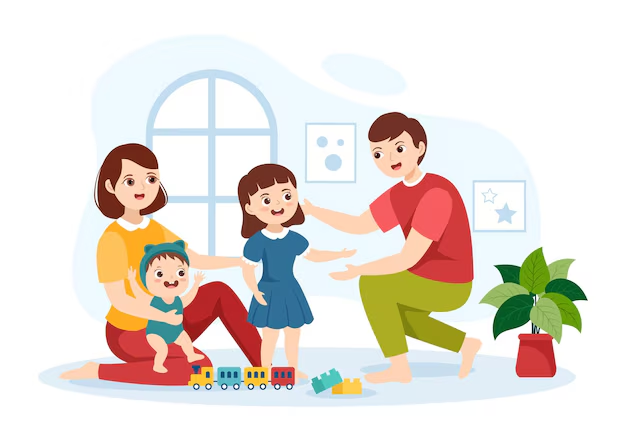
Why does this happen?
India's protracted adoption process poses significant hurdles for prospective parents, lasting a minimum of two years. Initially, prospective parents must register and submit nine requisite documents through the Child Adoption Resource Information & Guidance System (CARINGS). Subsequently, assessments are conducted by social workers and protection officers from the District Child Protection Unit (DCPU). Following this, a waiting number is assigned for the matching process according to the parent's preferences.
Despite recent legislative amendments aiming to expedite the process, concerns remain regarding child safety and welfare.
Moreover, societal stigmas surrounding caste, class, and genetics discourage adoption, further compounded by a preference for surrogacy or In-Vitro Fertilisation (IVF) among infertile couples. Efforts to encourage adoption of older children and those with special needs are deemed essential by experts.
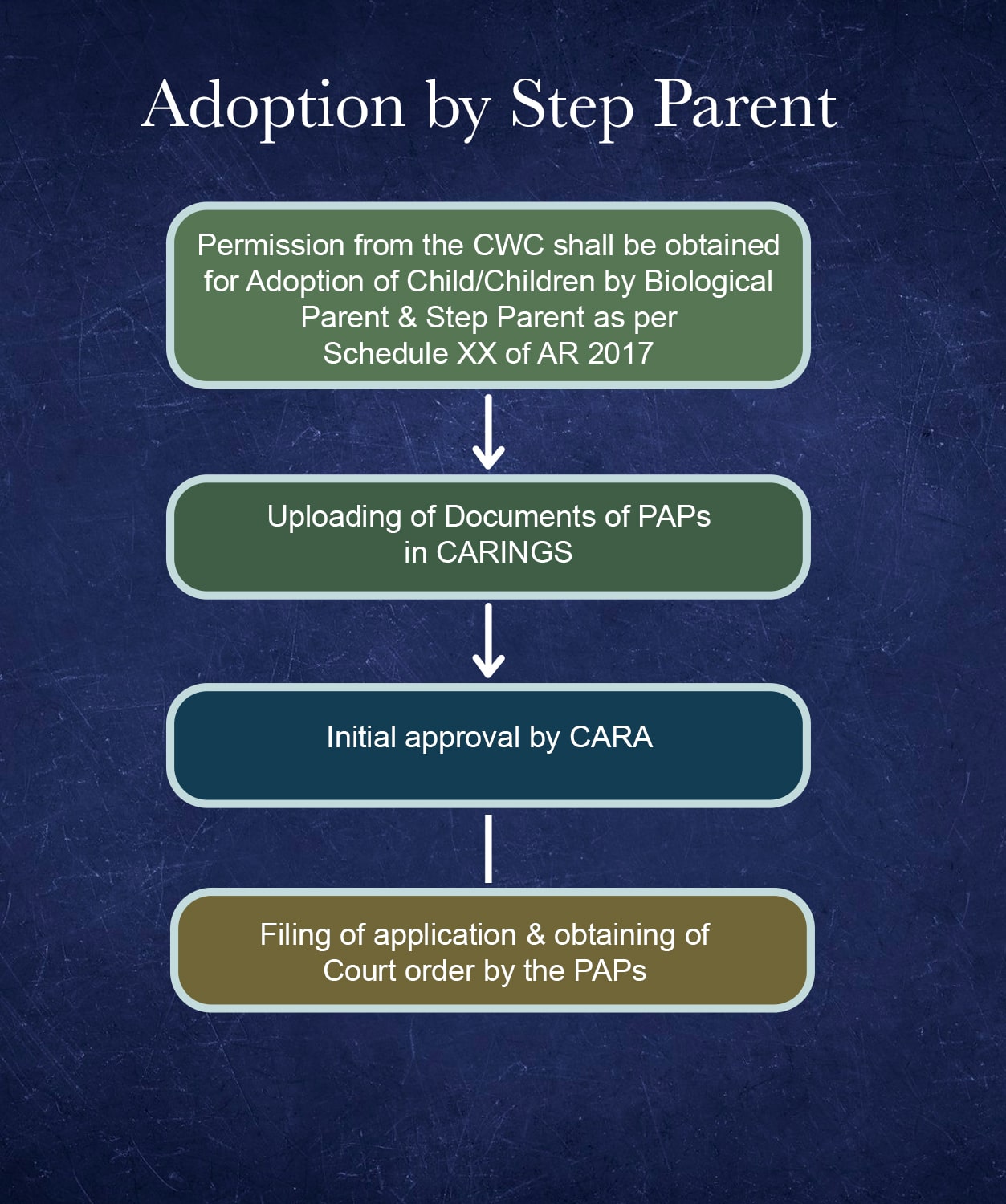
What are the Adoption Rules 2022?
In the ever-evolving landscape of adoption regulations, clarity is key. The latest guidelines outline specific criteria for prospective adoptive parents (PAPs) and shed light on the eligibility of children for adoption. Here’s a breakdown:
-
Parental Qualifications: Couples with two or more children are directed towards adopting children with special needs, stepchildren, or those deemed hard to place unless they are relatives or stepchildren. Moreover, PAPs must demonstrate physical, mental, emotional, and financial stability, free from life-threatening medical conditions or criminal convictions.
-
Gender Dynamics: While single women can adopt children of any gender, single men are restricted from adopting girls. Additionally, couples must have a stable marital relationship for at least two years, except in cases of relative or step-parent adoption.
-
Child Eligibility: Eligible children include orphans, abandoned or surrendered children declared legally free for adoption by the Child Welfare Committee, relatives' children, or children from a spouse's previous marriage surrendered for adoption by the step-parent.
Statistics reveal a stark reality of the approximately 29.6 million stranded, orphaned, and abandoned children in India, only a fraction find their way to institutionalized care, with a mere 3000 to 4000 adopted annually, as reported by CARA.
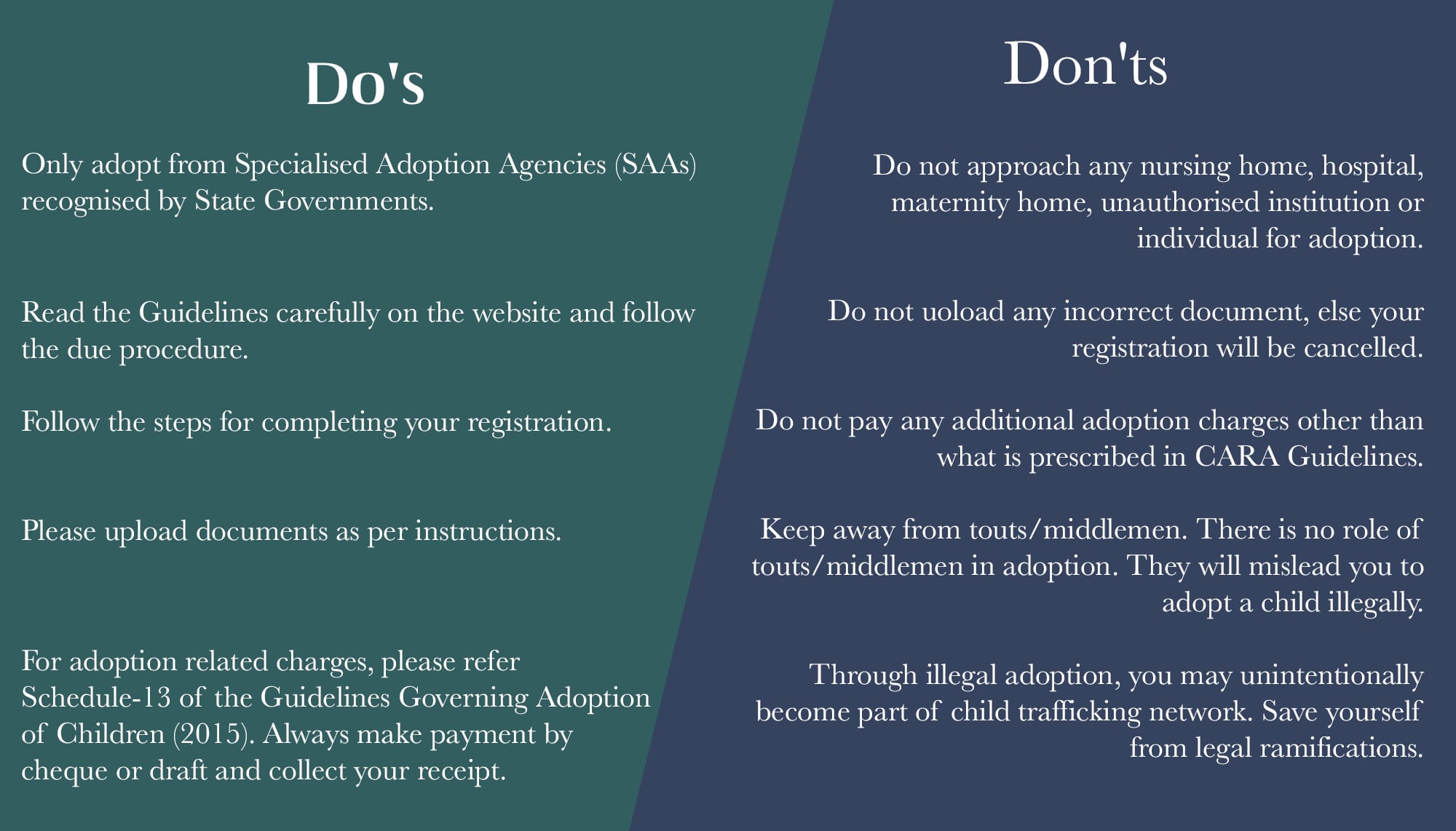
What is the procedure?
CARA's purview extends to encompass foster adoption, a burgeoning avenue witnessing the inclusion of ten children under this category across India, as per the Adoption Regulations 2022.
- Step 1: Registration on CARA, along with requisite documentation, is mandatory for domestic adoption, particularly for relatives or step-parents.
- Step 2: Verification and submission of family background reports by the District Child Protection Unit follow suit, uploaded onto the portal.
- Step 3: The State Adoption Resource Authority undertakes a re-verification process before uploading the application onto the portal.
- Step 4: CARA issues and uploads pre-approval letters and ancillary documents.
- Step 5: The final phase involves the issuance of adoption orders by the District Magistrate within a stipulated timeframe of 60 days.
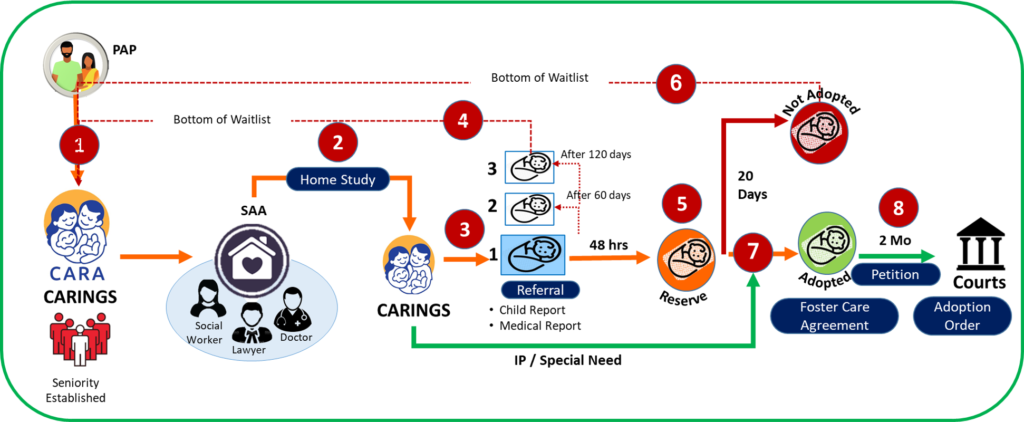
What are the challenges?
Numerous hurdles impede the adoption journey, including:
- Complex Family Dynamics: Children escaping abusive households face challenges finding new families due to legal complexities.
- Preference for Perfect Health: Prospective parents often prioritize healthy children, leaving those with physical or psychological challenges overlooked.
- Age and Health Bias: Older children or those with health issues encounter difficulty finding homes, perpetuating their stay in orphanages.
- Social Stigma: Deep-rooted societal beliefs around class, caste, and genetics hinder adoption, particularly for children with unknown backgrounds.
These challenges underscore the need for a paradigm shift in perceptions surrounding adoption, emphasizing inclusivity and empathy towards children irrespective of their background or abilities.

Solutions to improve the situation
Addressing these challenges requires concerted efforts:
- Institutionalized Adoption Drives: Drawing inspiration from successful programs like organ donation, adoption awareness campaigns should be widely promoted.
- Awareness Campaigns: Utilize various media platforms to disseminate information, dispel myths, and encourage adoption as a primary consideration over assisted reproduction techniques.
- Middle-Class Engagement: Conduct comprehensive studies to understand and improve adoption attitudes within middle-class families.
- Corporate Involvement: Corporations can incentivize adoption through employee perks or financial assistance, fostering a culture of social responsibility.
- Encouraging Differently-Abled Adoption: Promote the adoption of differently-abled children, emphasizing the richness of diversity in families.
- Transparency and Simplification: Streamline and simplify the adoption process, ensuring transparency and efficiency.
- Preparedness: Complete children's paperwork before adoption, expediting the placement process.
- NGO Collaboration: Forge partnerships with NGOs to facilitate smoother adoption procedures and support underprivileged children.
India's adoption saga embodies a tale of hope and hurdles, encapsulating the nation's collective aspirations for a more inclusive and nurturing future. As stakeholders rally together to surmount systemic barriers and foster a culture of compassion and inclusivity, the journey toward realizing every child's right to a loving home gains renewed momentum, illuminating the path toward a brighter tomorrow.
Image Source: Multiple agencies
© Copyright 2024. All Rights Reserved Powered by Vygr Media.

